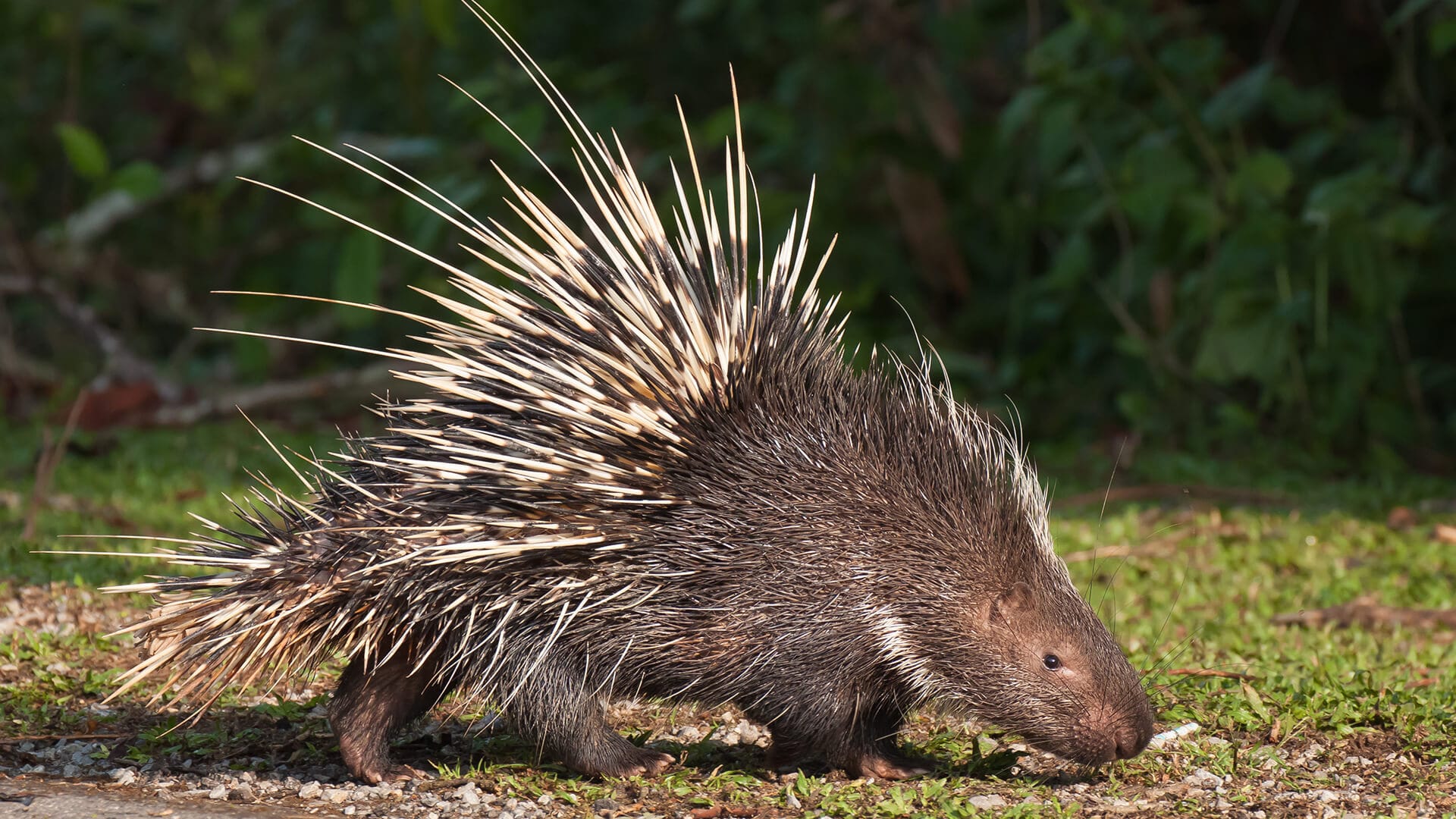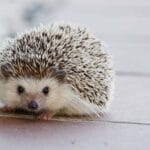Unveiling the Secrets of Nature’s Gentle Giants
Get ready to meet the porcupines, the masters of passive defense in the animal kingdom! These prickly creatures, armed with up to 30,000 detachable quills, are far more fascinating than their spiky exterior suggests.
We’ll debunk common myths, dive into their surprisingly diverse diet (including a peculiar craving for salt!), and uncover the incredible adaptations that make them truly remarkable creatures. From the forests of North America to the deserts of Africa, join us as we explore the world of porcupines—beyond the prickles.
Debunking the Myths: Porcupines, the Gentle Herbivores
Contrary to popular belief, porcupines are not the aggressive attackers they’re often made out to be. These gentle herbivores are far more interested in a tasty meal than picking a fight. Let’s set the record straight:
Myth: Porcupines shoot their quills like tiny missiles.
Fact: Porcupines cannot shoot their quills. The quills are loosely attached and detach easily upon contact, creating the illusion of being launched. Once embedded, the microscopic barbs on each quill make them incredibly painful and difficult to remove.
Myth: Porcupine quills are poisonous.
Fact: While the quills can cause pain, infection, and general discomfort, they are not inherently poisonous. However, recent studies suggest they may possess antibiotic properties, protecting the porcupine from infection if a quill breaks off in its own skin. Talk about turning a weakness into an advantage!
Porcupine Power: A Closer Look at Those Quills
A porcupine’s back, covered in approximately 30,000 quills, is a fortress of defense. These quills, made of the same keratin that forms our hair and nails, are a marvel of evolution. But their function extends beyond just defense:
- Warning Signals: When threatened, a porcupine will often rattle its quills, creating a warning sound that can be quite intimidating.
- Sensory Overload: The quills are surprisingly sensitive to touch, acting like extra sensory organs to help the porcupine navigate their surroundings and detect potential threats.
- Self-Medication? Some scientists believe that porcupines might even use their quills for self-medication, scratching areas with parasites.
A Porcupine’s World: Habitat, Diet, and Lifestyle
Porcupines are incredibly adaptable, thriving in diverse habitats around the globe. While their lifestyles may differ slightly between the Old World and New World species, they share some common traits:
Habitat: From forests and deserts to grasslands and rocky mountainsides, porcupines have carved out their niche in a variety of ecosystems. New World porcupines, like those found in North America, are often arboreal, adept at climbing trees for food and shelter. Old World porcupines, on the other hand, are exclusively terrestrial.
Diet: As herbivores, porcupines primarily feast on plant matter. Their menu includes bark, twigs, leaves, fruits, and roots. However, they have a peculiar craving for salt, sometimes leading them to gnaw on plywood, tools, and even car tires!
Lifestyle: These primarily nocturnal creatures are most active at night, foraging for food and avoiding predators under the cover of darkness. While generally solitary animals, they communicate using a combination of scent marking, vocalizations (grunts, whines, and even screeches!), and—you guessed it—quill rattling.
Living Alongside Porcupines: Safety and Coexistence
As human development encroaches on porcupine habitats, encounters are becoming increasingly common. Understanding their behavior and taking simple precautions can help ensure both human and porcupine safety:
- Observe from a Distance: Admire these fascinating creatures from afar. Never attempt to touch or handle them.
- Keep Pets Secure: If you live in an area with porcupines, keep dogs leashed, especially at night. Check your pets regularly for quills, and seek professional veterinary care for removal.
- Secure Attractants: Porcupines are attracted to salt and may be tempted by garbage, pet food, and even bird feeders. Secure these items to prevent unwanted encounters.
Porcupines: More Than Meets the Eye
Porcupines, with their unique adaptations and important ecological roles, deserve our respect and protection. They are a reminder that there’s always more to discover in the animal kingdom—and that even the prickliest of exteriors can hide a fascinating story.
Continue Exploring:
- Rainbow Parrotfish: Discover the vibrant world of coral reefs and the colorful creatures that call them home.
- Radiated Tortoise: Delve into the world of reptiles and learn about the unique radiated tortoise, a species highly sought after for its beautiful shell.
- Unlock Water’s Symbolism: A Cross-Cultural Exploration - April 20, 2025
- Identify Black and White Snakes: Venomous or Harmless? - April 20, 2025
- Unlocking Potential: Origins High School’s NYC Story - April 20, 2025















